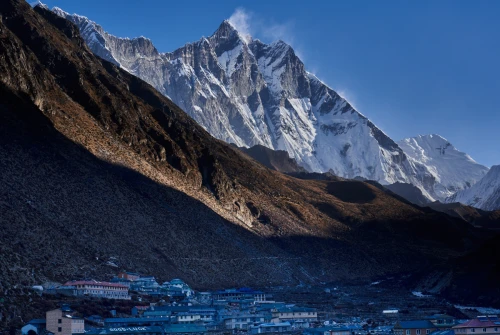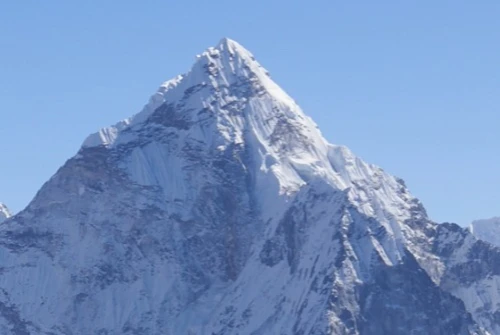Accommodation on the Everest Base Camp Trek
Kathmandu Accommodation
Before and after your trek, you will stay 2 nights in a well-appointed 3-star hotel in Kathmandu, Nepal’s vibrant capital city. The hotel features clean and comfortable twin-sharing rooms with modern amenities designed to help you relax and recover. Amenities typically include:
- En-suite bathrooms with hot showers to freshen up after long flights or treks
- Complimentary breakfast buffet with a variety of local and international dishes
- Free Wi-Fi access to stay connected or share your adventure
- 24-hour room service and friendly staff to assist with any needs
- Convenient location close to the airport, restaurants, and markets
This comfortable base allows you to acclimatize at a lower altitude and prepare mentally and physically for the trekking days ahead.
Mountain Teahouse Accommodation During the Trek
During the 12-night trek to Everest Base Camp, accommodation is arranged in traditional mountain teahouses—simple lodges scattered in the Sherpa villages of the Everest region, such as Namche Bazaar, Tengboche, Dingboche, and Gorak Shep. These teahouses offer an authentic Himalayan experience and essential amenities suitable for high-altitude trekking.
Key features of teahouse accommodation include:
- Twin-sharing rooms with two single beds or bunk beds, equipped with thick blankets and pillows
- Basic furnishings, often including a small table, chair, and window with spectacular mountain views
- Shared or private toilets, depending on the lodge location (cleanliness standards vary)
- Availability of hot showers in many teahouses (usually for an additional fee) to help you warm up after a long day on the trail
- Communal dining areas where you can enjoy nutritious meals such as Dal Bhat (lentil soup with rice), noodles, soups, and occasional Western dishes
- Access to electricity charging points, powered by solar or generators, though charging fees may apply, and power availability can be limited
- Opportunity to interact with fellow trekkers and local Sherpa families, immersing yourself in the culture and lifestyle of the Everest region
Staying in teahouses during your Everest Base Camp trek allows you to support local communities and experience genuine Sherpa hospitality. Though basic compared to hotels, teahouses provide essential warmth, rest, and nourishment in remote high-altitude environments.
Meals on the Everest Base Camp Trek
Throughout your Everest Base Camp trek, you’ll be provided with full board meals, which means breakfast, lunch, and dinner each day are included. Eating well is essential to keep your energy up while trekking at high altitudes, so the meals are carefully planned to be both nourishing and satisfying. Before you hit the trail, you’ll enjoy a hearty breakfast in Kathmandu at your hotel. This will give you a good start for your exciting adventure ahead.
On the trail, meals are served at the teahouses (mountain lodges) in the villages along the route. These lodges prepare fresh, wholesome food using local ingredients. The staple meal is Dal Bhat, a traditional Nepali dish made with lentils, rice, vegetables, and sometimes meat, providing a great balance of protein and carbohydrates. Other common options include hearty soups, noodles, fried rice, momos (Nepali dumplings), and simple pasta dishes.
The food is cooked fresh daily, and great care is taken with hygiene to ensure your meals are safe, especially important in remote mountain areas. Hot drinks like tea, coffee, and sometimes hot lemon are served throughout the day to help keep you warm and hydrated.
If you have special dietary preferences or restrictions, such as vegetarian, vegan, or gluten-free diets, please let us know in advance. The teahouses are usually able to accommodate these requests with advance notice. You can also expect occasional snacks and treats available at the lodges, such as energy bars, biscuits, and fresh fruit when in season, which are handy for quick boosts during trekking breaks. Remember, staying well-nourished and hydrated will help your body acclimate better and keep you feeling strong on the trail.
What Is the Best Season to Trek to Everest Base Camp?
The Everest Base Camp trek is a journey that can be undertaken almost year-round, but the best time to trek Everest Base Camp depends largely on weather conditions, trail accessibility, and your personal preferences for scenery and crowd levels.
During the spring season (March to May), the Everest region awakens from the winter chill. This is one of the most favored times to trek to Everest Base Camp. Daytime temperatures range from around 10 to 15 degrees Celsius at lower elevations, while nights can still be cold. One of the most spectacular features of spring trekking is the blooming of rhododendron forests along the trail, which adds vibrant reds and pinks to the natural Himalayan landscape. Visibility is usually excellent with clear blue skies, making it a perfect season for panoramic mountain views of Everest, Lhotse, Ama Dablam, and other iconic peaks.
The autumn season (September to November) is widely considered the best time to trek to Everest Base Camp. Following the monsoon rains, the weather stabilizes with cool, crisp days and minimal precipitation. Day temperatures in autumn generally range from 10 to 16 degrees Celsius, offering comfortable hiking conditions. Trekkers are rewarded with breathtaking, unobstructed views of the Himalayan giants, including Mount Everest’s majestic peak, making it the perfect season for photography and sightseeing.This is the busiest trekking period, so expect the trail and teahouses to be lively with fellow adventurers from around the world. Autumn suits trekkers seeking stable weather, stunning vistas, and a social trekking experience.
The monsoon season (June to August) is considered the least favorable time for trekking to Everest Base Camp. During these months, heavy rainfall makes trails slippery and muddy. The monsoon rain increases the risk of landslides and flooding, which can sometimes disrupt the trekking route. Due to the wet and humid conditions, some teahouses along the trail reduce their services or close temporarily. Trekking during the monsoon is only recommended for highly experienced trekkers who don’t mind solitude and challenging trail conditions.
The winter months (December to February) offer a different experience for Everest Base Camp trekkers. The weather becomes very cold, particularly at night, with temperatures often dropping below -15 degrees Celsius. Snow and ice can cover portions of the trail, which makes trekking more difficult and demands proper cold-weather gear and experience with winter hiking. Despite the cold, winter provides excellent visibility with clear skies that create stunning panoramic mountain views.
In summary, the best time to trek to Everest Base Camp for most travelers is during the spring and autumn seasons. These months provide a combination of pleasant weather, excellent mountain visibility, safer trail conditions, and a vibrant cultural experience.
How Difficult Is the Everest Base Camp Trek?
The Everest Base Camp trek is classified as a moderate to challenging trek. It does not require any technical climbing skills, but a good level of fitness is essential to enjoy the journey and handle the daily walking.
Daily Walking Time: Typically, trekkers walk between 5 to 7 hours each day. The trail includes a mix of gradual ascents, some steep sections, and uneven terrain, which can be physically demanding, especially at higher altitudes.
Fitness Requirements: While no technical mountaineering experience is needed, basic hiking experience and a reasonable fitness level will help you comfortably manage the trek. Cardiovascular endurance, leg strength, and stamina are important.
Altitude Acclimatization: The itinerary is carefully planned to include acclimatization days to allow your body to adjust to the increasing altitude. This reduces the risk of Acute Mountain Sickness (AMS) and helps ensure a safer, more enjoyable trek.
Required Permits for Everest Base Camp Trek in 2025
To legally trek to Everest Base Camp in 2025, you will need to obtain two essential permits: the Sagarmatha National Park Permit and a permit issued by the Khumbu Pasang Lhamu Rural Municipality. The previously required TIMS card is no longer necessary, simplifying the permit process.
These permits can be purchased in Kathmandu at the Nepal Tourism Board office or directly in the Everest region at entry points such as Monjo or Lukla if you haven’t arranged them in advance. It is crucial to carry your permits with you throughout the trek, especially when passing military and police checkpoints located at Lukla, Jorsale, Namche Bazaar, and other points along the trail. Both ascending and descending trekkers are subject to these checks.
Failure to present valid permits at these checkpoints can result in fines or being denied further passage on the trail. Additionally, ensure your passport is valid for at least six months from your date of entry into Nepal. Carrying a few passport-sized photos is recommended, as they are often needed during permit applications.
Once you have your permits and documents ready, you are all set to embark on this once-in-a-lifetime trekking adventure to Everest Base Camp.
Hot Showers and Toilet Facilities on the Everest Base Camp Trek
The Everest Base Camp trek offers a unique blend of basic and relatively comfortable amenities along the route. In the larger villages like Namche Bazaar and Dingboche, you can expect Western-style toilets, often located inside your guest room, providing a bit of comfort after long trekking days. However, as you ascend higher to more remote stops such as Lobuche and Gorak Shep, the facilities become more rustic, with squat toilets being the norm.
Hot showers are available up to Dingboche, generally costing around $5 to $6 for a tap shower. Beyond Dingboche, you will mostly find bucket showers, which can cost approximately $10 due to limited water supply and plumbing infrastructure at higher altitudes. Above 5,000 meters, teahouses rarely have running water, so tap showers are typically unavailable. Instead, you’ll rely on shared freestanding toilets and the simplicity of mountain living.
It’s highly recommended to carry your own toilet paper and hand sanitizer, as these are not always provided in remote areas. Maintaining personal hygiene in such challenging conditions is crucial. This mix of basic and modest comforts adds to the authentic and adventurous nature of the Everest Base Camp trekking experience.
Everest Base Camp Elevation and Altitude
The Everest Base Camp trek features significant altitude changes, starting from the bustling city of Kathmandu at around 1,300 to 1,400 meters and reaching up to Kala Patthar, the trek’s highest viewpoint at 5,545 meters. Most trekkers begin their journey at Lukla (2,860 meters), steadily ascending through key villages along the trail.
Important stopping points include Namche Bazaar, located at 3,430 meters and known as the gateway to the high Himalayas, and Gorak Shep, situated at 5,140 meters, the last settlement before Everest Base Camp. The base camp itself sits at 5,364 meters, nestled at the foot of Mount Everest.
The itinerary is carefully designed to allow gradual acclimatization, with daily altitude gains typically ranging from 400 to 800 meters. For safety and comfort, it’s best to limit daily ascents to under 500 meters to reduce the risk of altitude sickness. The final ascent to Kala Patthar rewards trekkers with unparalleled panoramic views of Everest and surrounding peaks, creating one of the most breathtaking highlights of the entire trek.
Telephone, Internet & Electricity on the Everest Base Camp Trek
While trekking to Everest Base Camp, mobile phone coverage is generally available up to Pangboche village, allowing you to stay connected with family and friends along most of the route. Internet access is also widely available in many teahouses and lodges throughout the trek, except during occasional poor weather conditions that can disrupt signals.
Most accommodations offer Wi-Fi, but you will need to purchase an internet access card from Everest Link to connect. Please note that both telephone calls and internet usage incur additional costs, which are not included in standard trekking packages.
Electricity is limited and considered a luxury at higher altitudes. Many lodges charge extra fees for battery charging services. To address this, eco-friendly solar panels are commonly used as the main power source at remote tea houses, allowing trekkers to recharge phones, cameras, and other devices for a small fee. It’s advisable to bring portable power banks and fully charge your devices whenever possible before setting out each day.
Complete Gear Guide for Everest Base Camp Trek
Trekking to Everest Base Camp is a high-altitude adventure that demands reliable, functional gear to keep you safe, warm, and comfortable. Here’s a detailed list of all essential trekking equipment you should bring, with explanations for each item:
1. Waterproof Trekking Boots: Sturdy, waterproof hiking boots with ankle support are a must. They protect your feet from rough, rocky terrain and wet conditions. Choose boots that are already broken in to avoid blisters. Pair them with high-quality moisture-wicking trekking socks for comfort.
2. Layered Clothing System: Layering helps you manage varying temperatures:
Base Layer: Thermal underwear (top and bottom) made of moisture-wicking material like merino wool or synthetic fabric keeps sweat away from your skin.
Mid Layer: A Fleece or insulated jacket provides warmth during cold periods.
Outer Layer: A waterproof and windproof shell jacket and pants protect you from rain, snow, and wind while allowing for breathability.
3. Down Jacket: A high-quality, insulated down jacket is essential for warmth during cold mornings, evenings, and higher altitudes. Look for one that compresses easily into your backpack.
4. Sleeping Bag (4-Season): Bring a sleeping bag rated for temperatures down to -15°C to -20°C (5°F to -4°F). This ensures you stay warm during cold mountain nights at lodges or teahouses.
5. Gloves and Woolen Hat: Warm gloves (preferably waterproof and insulated) protect your hands from frostbite. A woolen or fleece hat helps retain body heat and protects your ears from cold winds.
6. Sunglasses with UV Protection: High-altitude sunlight is intense and can cause snow blindness. Sunglasses with 100% UV protection and polarized lenses shield your eyes from glare and UV rays.
7. Trekking Poles: Adjustable trekking poles reduce strain on your knees during steep ascents and descents and improve balance on uneven terrain. Use rubber tips on rocky paths and metal tips on snow or ice.
8. Reusable Water Bottles & Hydration System: Carry at least 2 liters of water capacity. Staying hydrated is vital for altitude acclimatization. Use purification tablets or a portable water filter to treat water from streams or teahouse refills.
9. Headlamp with Extra Batteries: A reliable headlamp is essential for early starts, nighttime bathroom visits, or power outages in lodges. Pack spare batteries.
10. Sunscreen and Lip Balm (SPF 30+): Apply broad-spectrum sunscreen regularly to prevent sunburn. Use lip balm with SPF to protect lips from drying and cracking in cold, windy conditions.
11. Personal Medical Kit: Include altitude sickness medication (e.g., Diamox), painkillers, blister treatment, antiseptic wipes, bandages, and any personal prescription drugs. Always consult your doctor before the trek.
12. Backpack (40–50L): A comfortable, durable backpack with padded shoulder straps and a hip belt to carry your daily essentials. Pack smart to keep weight manageable.
13. Daypack (15–20L): For carrying water, snacks, a camera, extra layers, and other items during daily hikes.
14. Water Purification Tablets or Filter: To ensure safe drinking water during the trek, especially when refilling from natural sources.
15. Toiletries and Hygiene Items: Biodegradable soap, wet wipes, hand sanitizer, toothbrush, toothpaste, toilet paper, and a quick-dry towel.
16. Miscellaneous Items
Travel documents: Passport, permits, insurance
Cash: For teahouse expenses and tips (no ATMs on the trail)
Camera or smartphone with extra memory cards and chargers
Power bank to keep devices charged during power outages
Ziplock bags or dry sacks to protect electronics and keep clothes dry
Mandatory Travel Insurance for Everest Base Camp Trek
Travel insurance is essential for anyone trekking to Everest Base Camp. It protects you against unforeseen accidents and illnesses, including altitude sickness and emergency rescues. When choosing a policy, ensure it covers high-altitude trekking above 5,000 meters and includes helicopter evacuation, medical treatment, and air ambulance services. Having comprehensive insurance allows you to trek confidently and worry-free.
Tipping Your Guide and Porter
Tipping is customary but not mandatory in Nepal. If you feel your guide and porter have provided excellent service, tipping is a great way to show appreciation. A general guideline is to tip $10 to $15 per day per person for a 10-day trek, but you can adjust this based on your experience and budget. Tips are usually given at the end of the trek in an envelope to ensure they reach the right person.
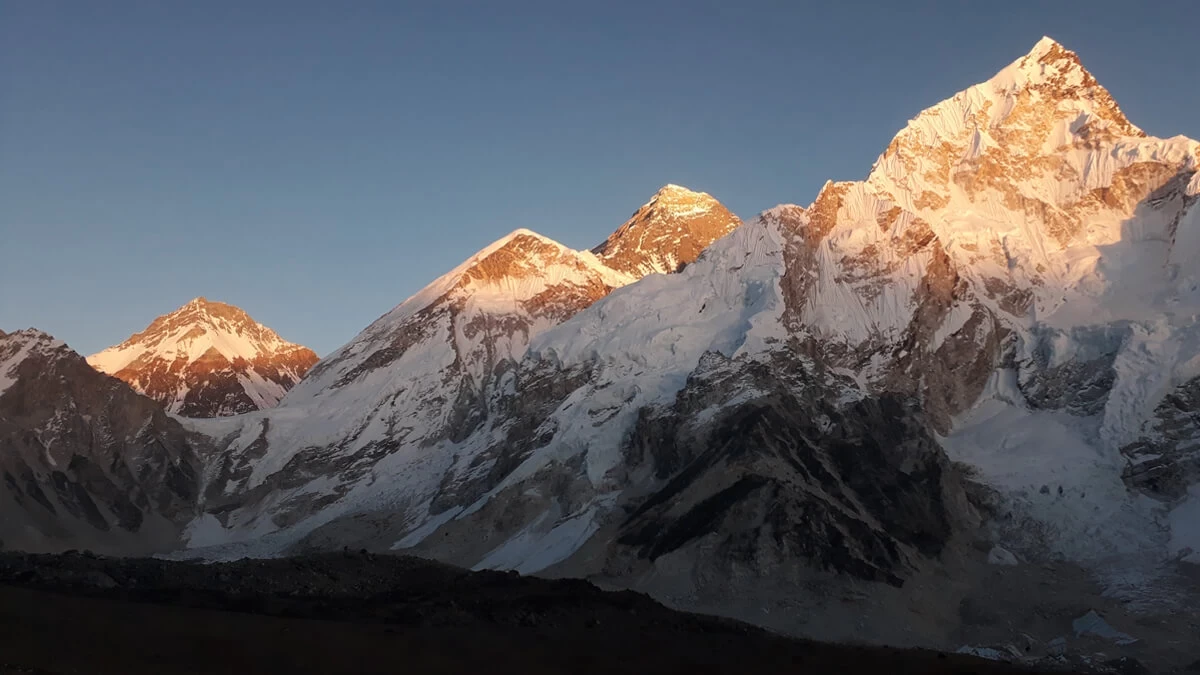
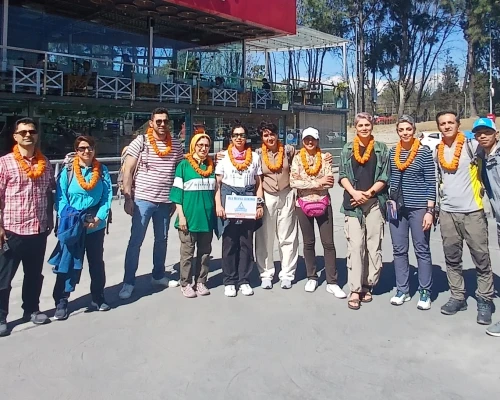
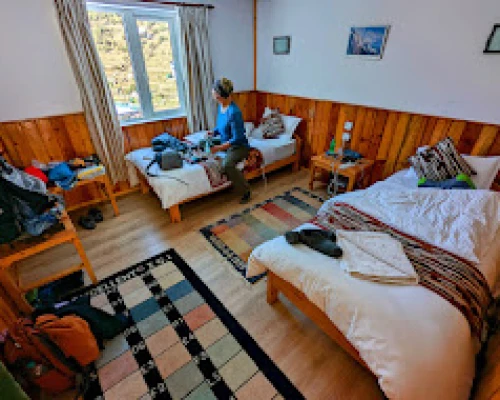
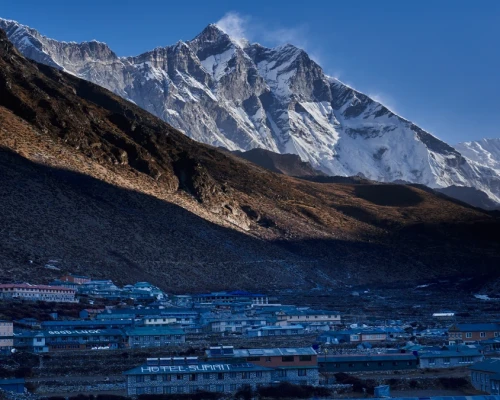
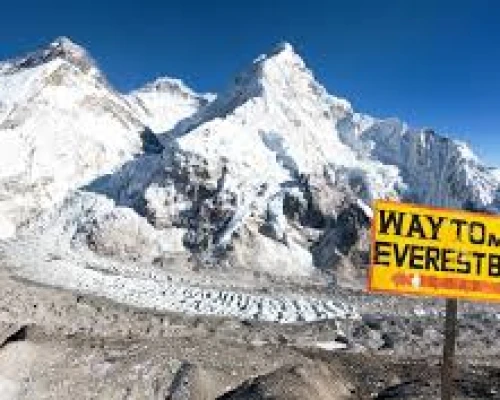
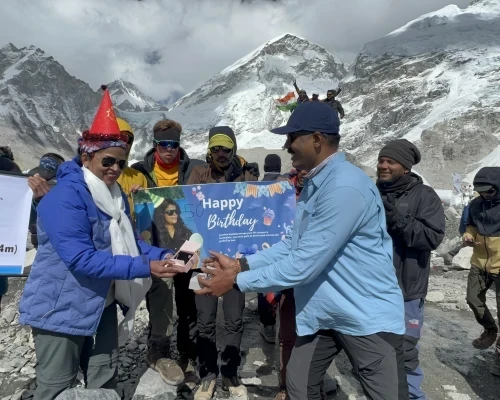
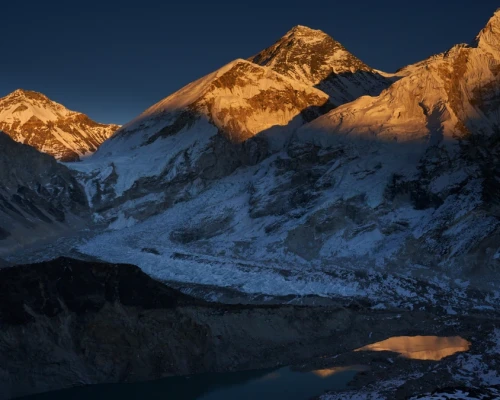
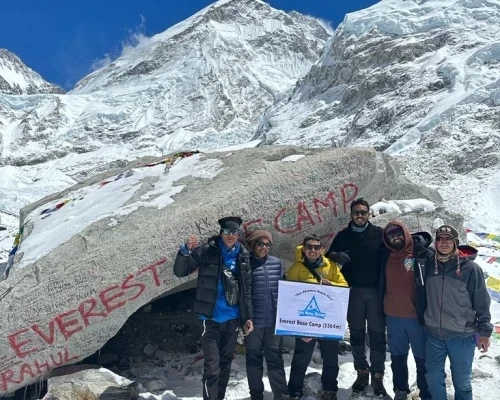
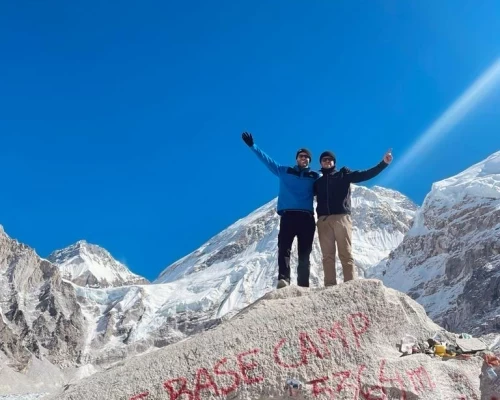
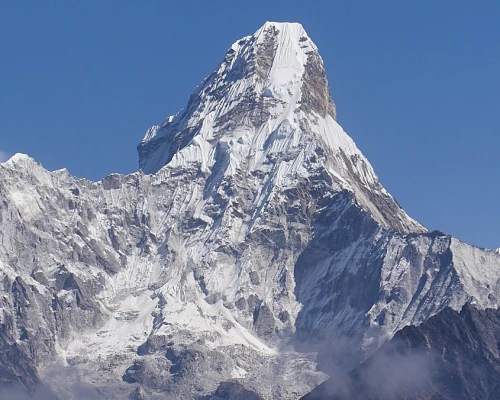
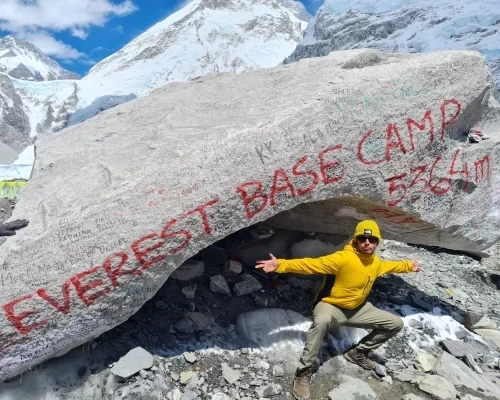
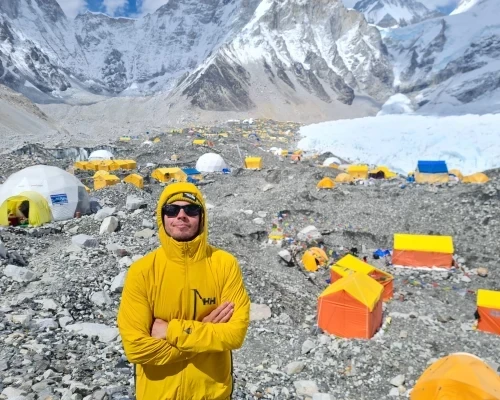
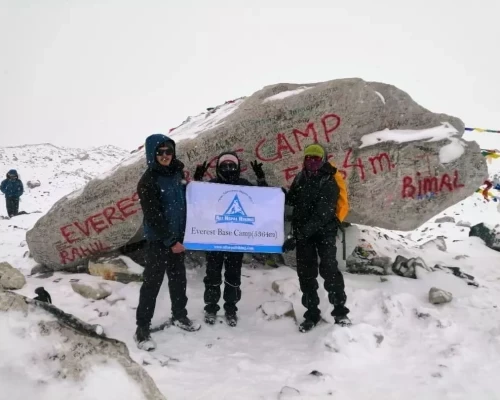
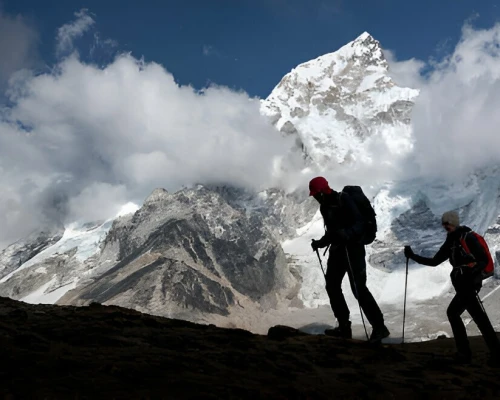
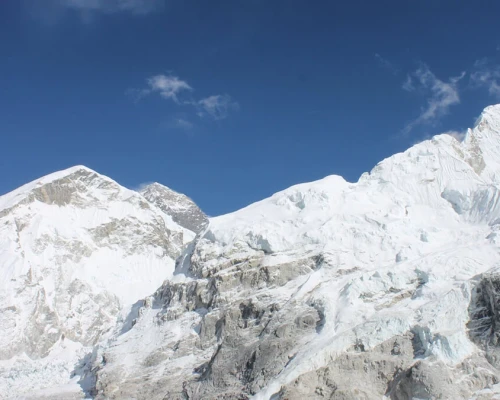
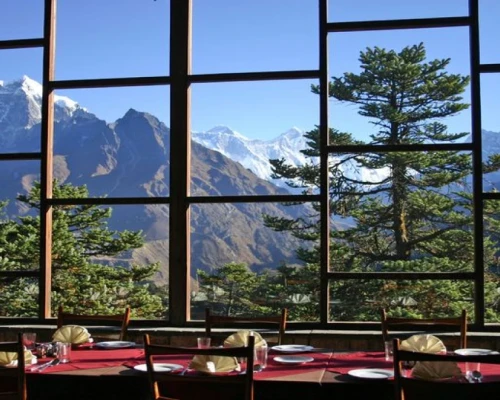
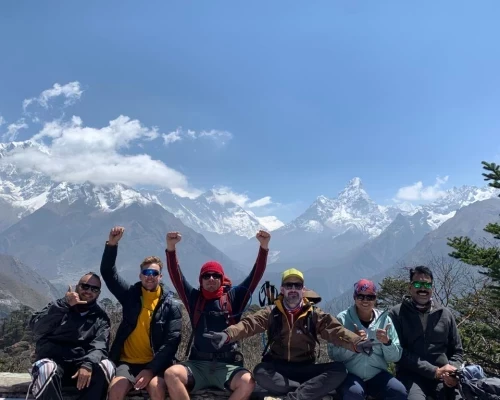
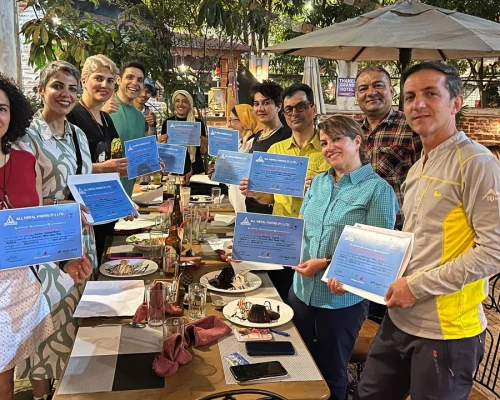
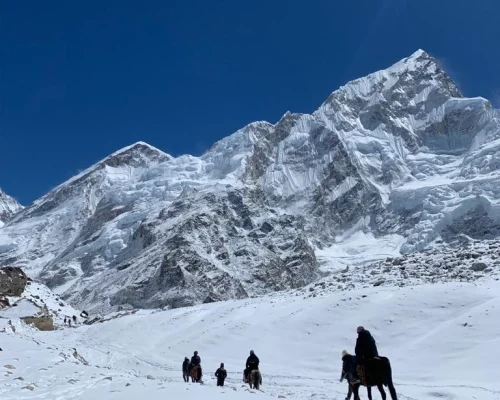
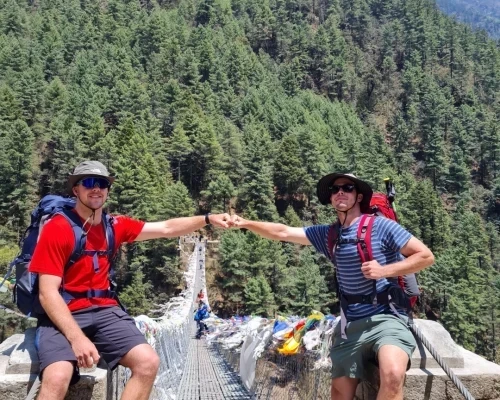

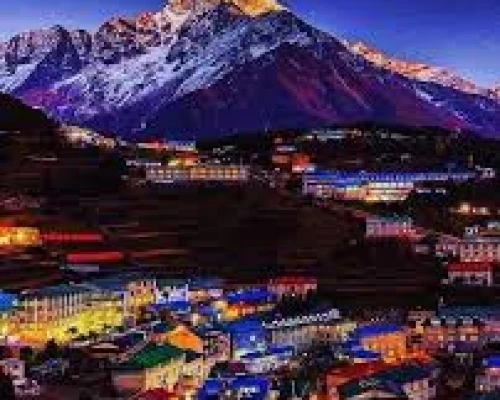
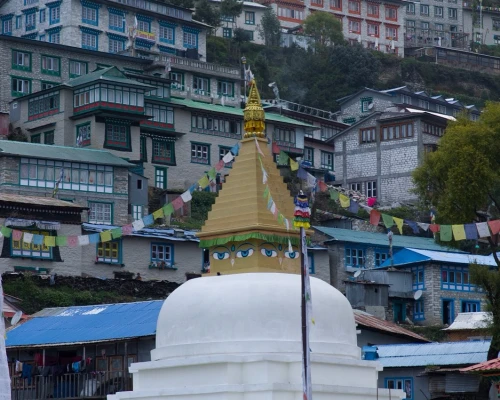
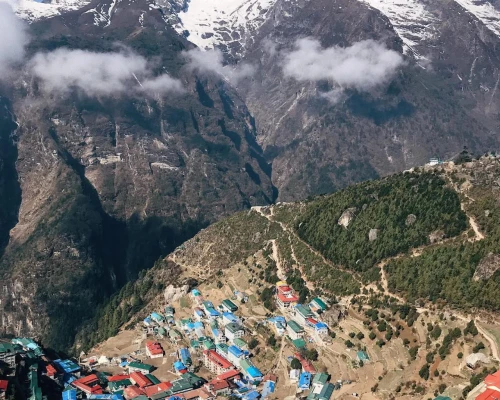
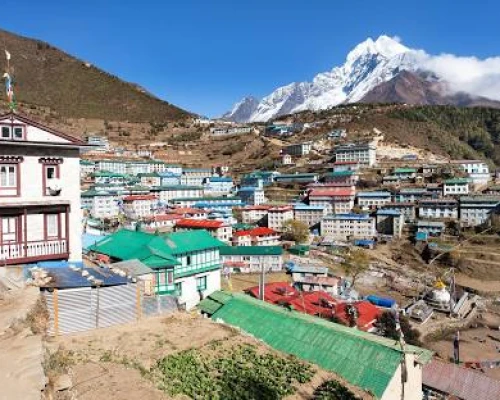
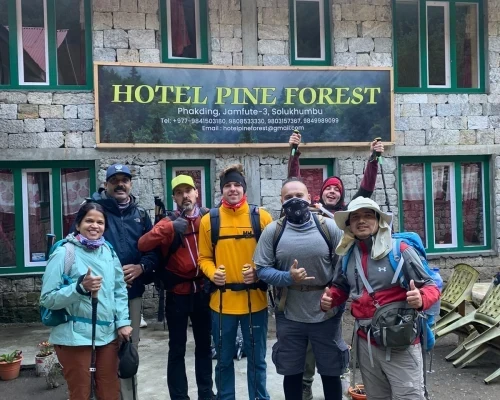
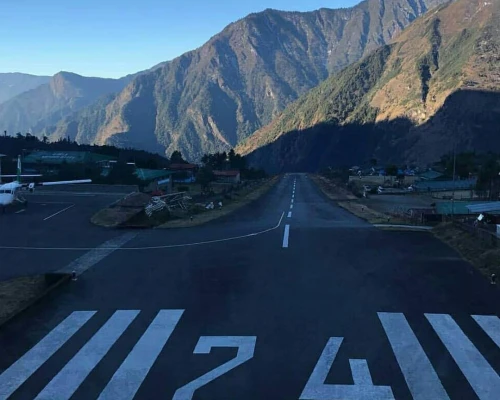
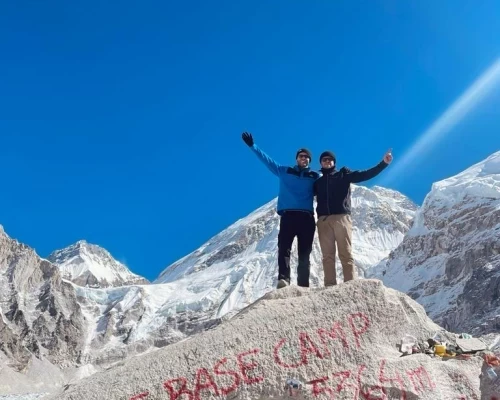
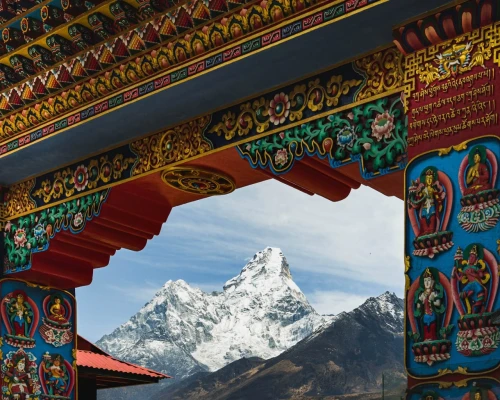
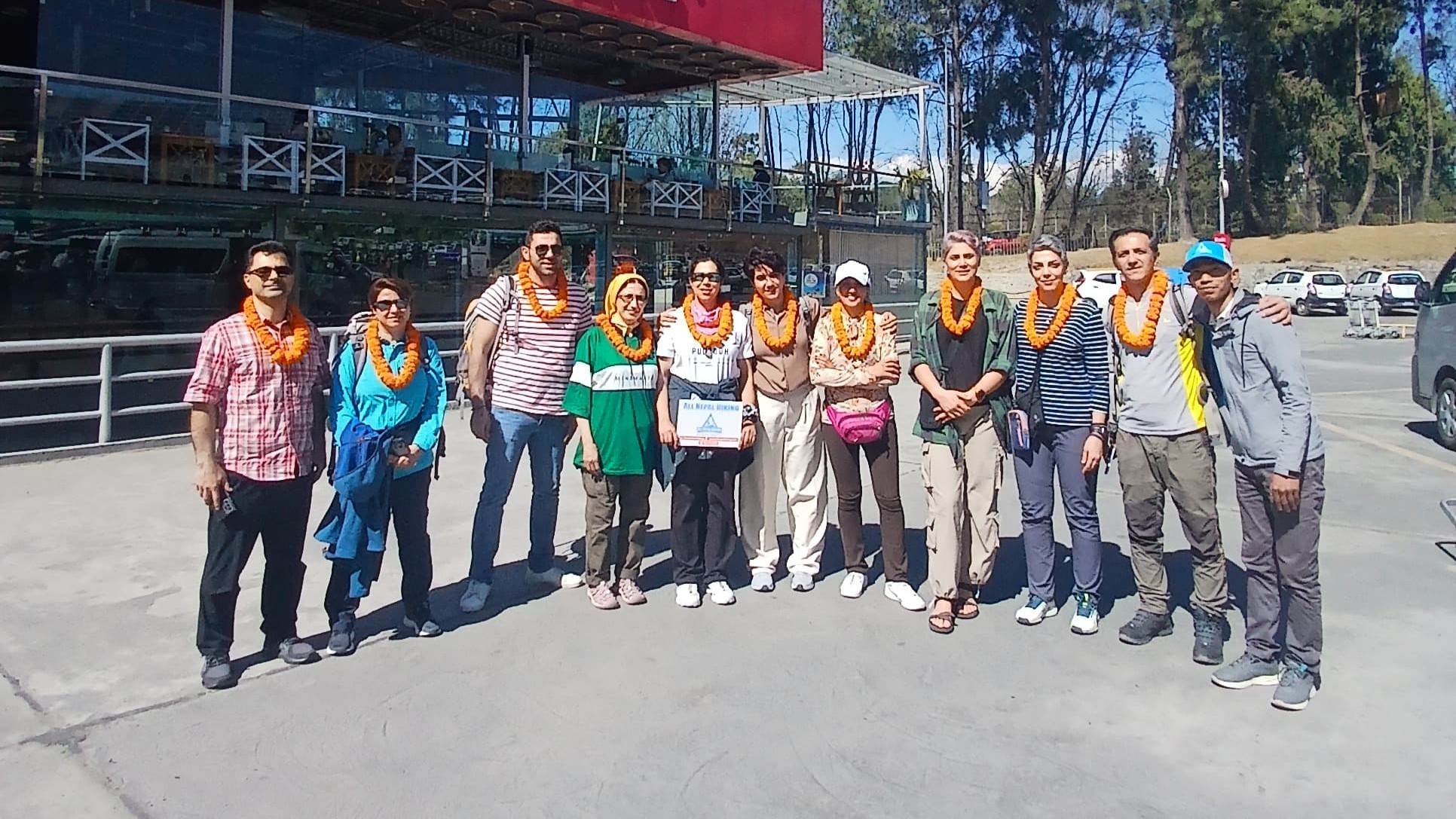
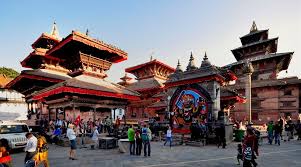
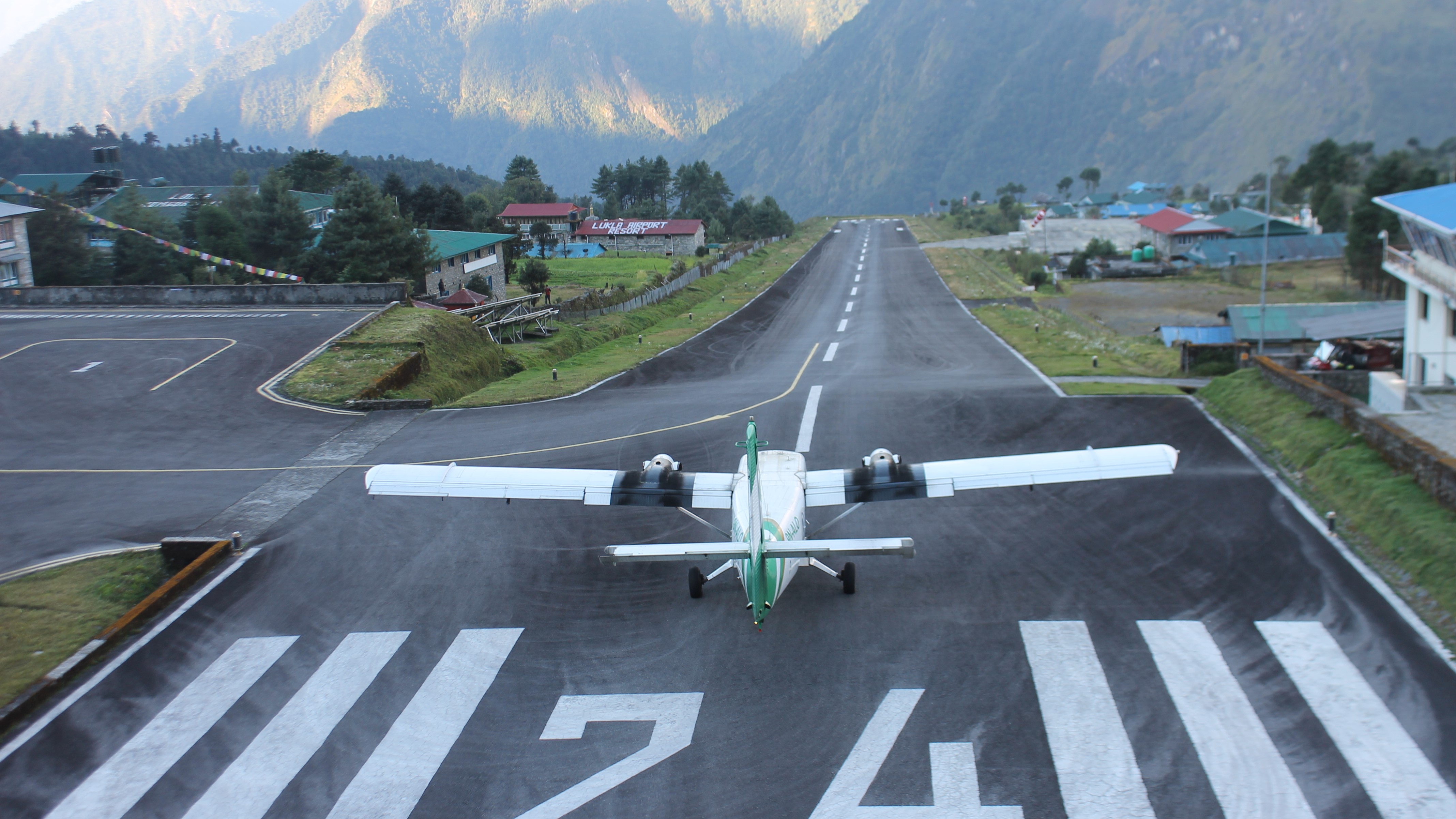
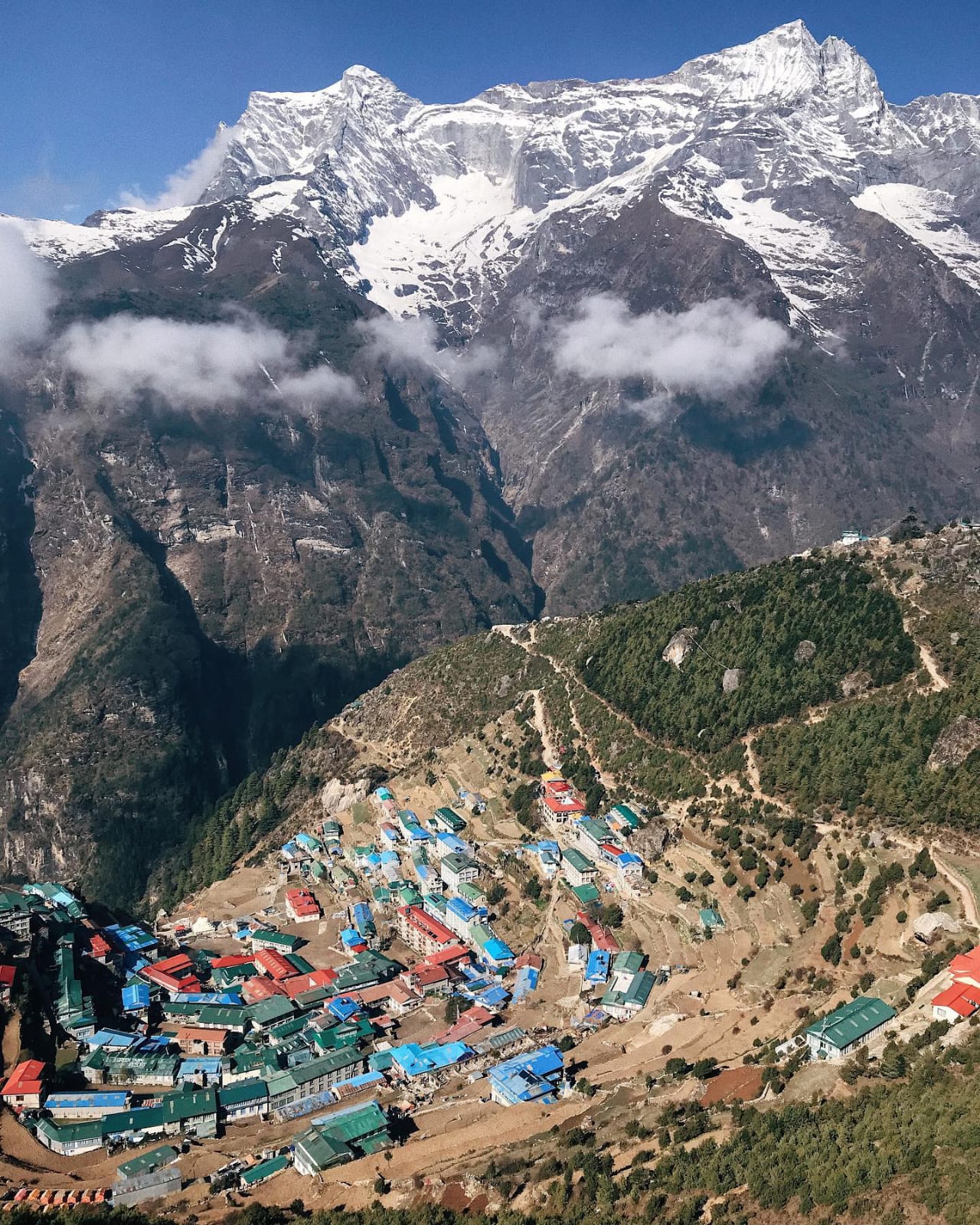
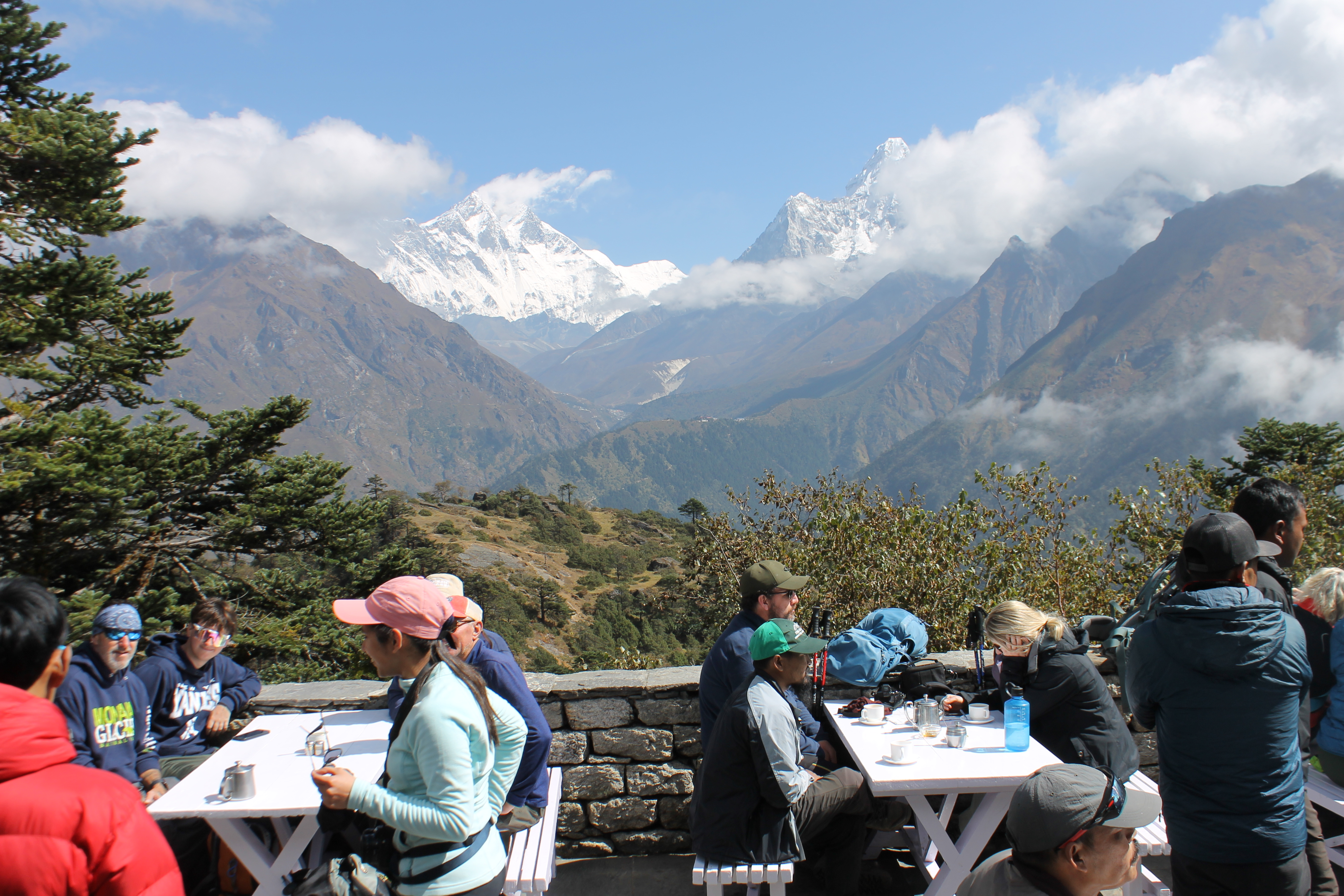

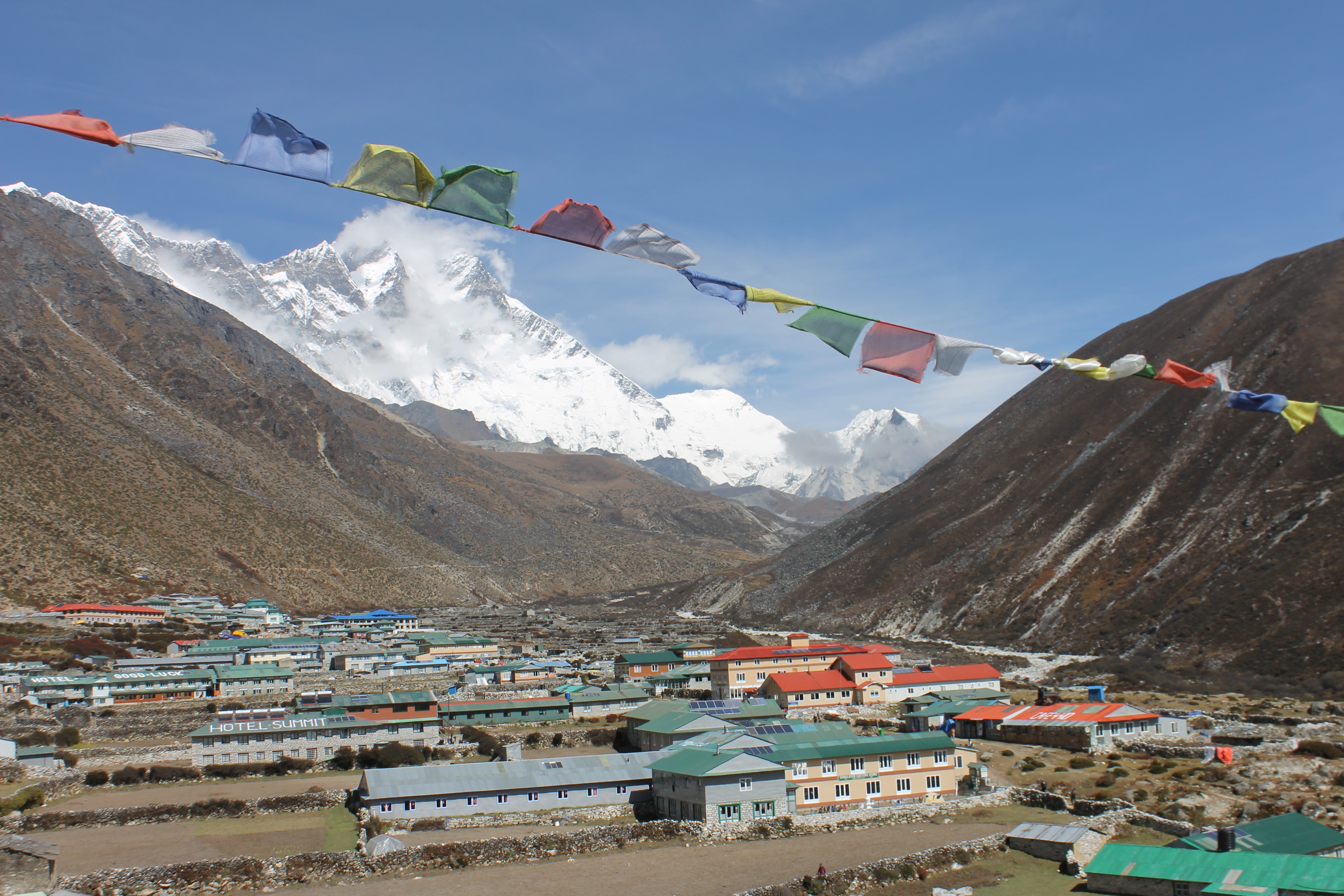
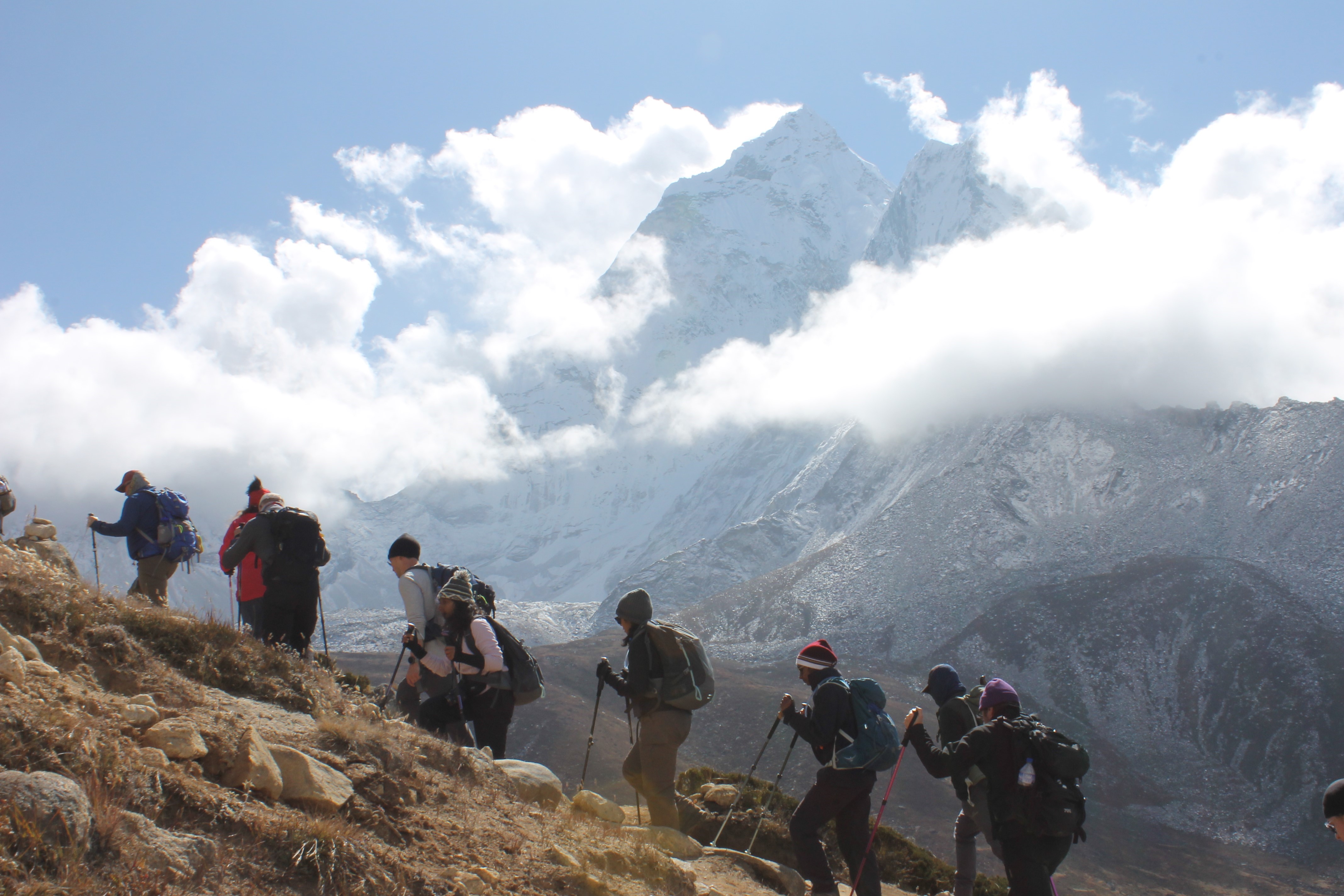
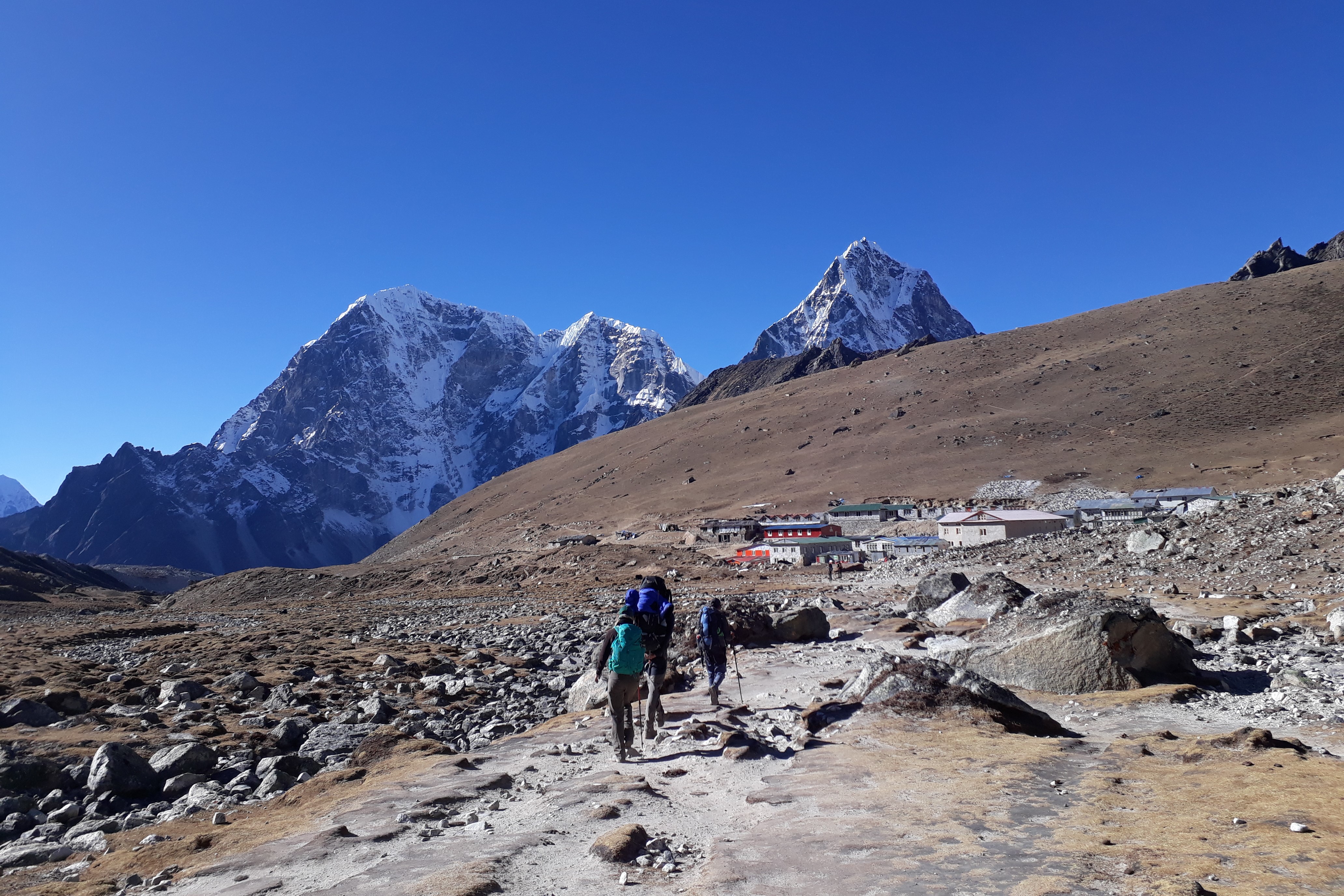

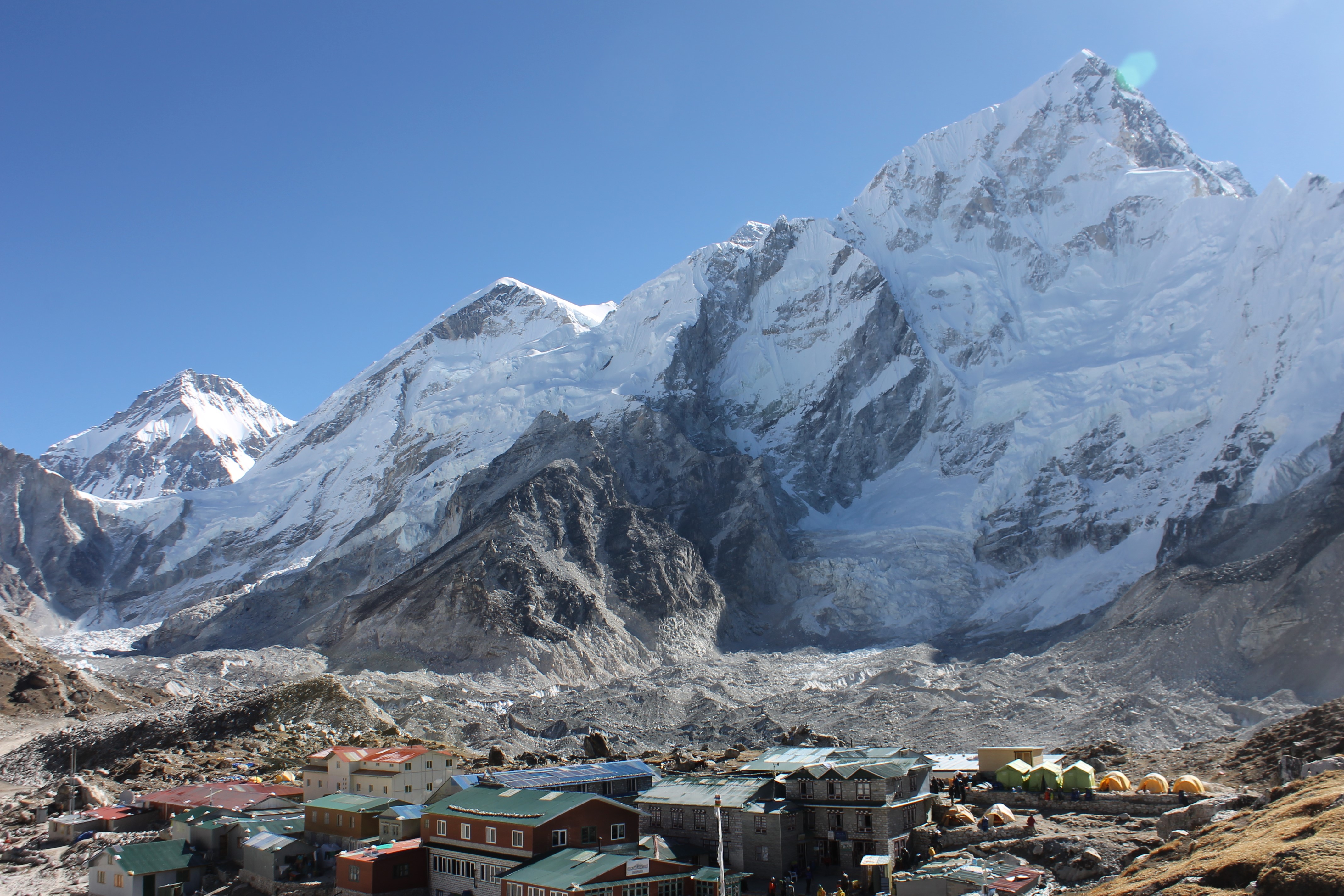
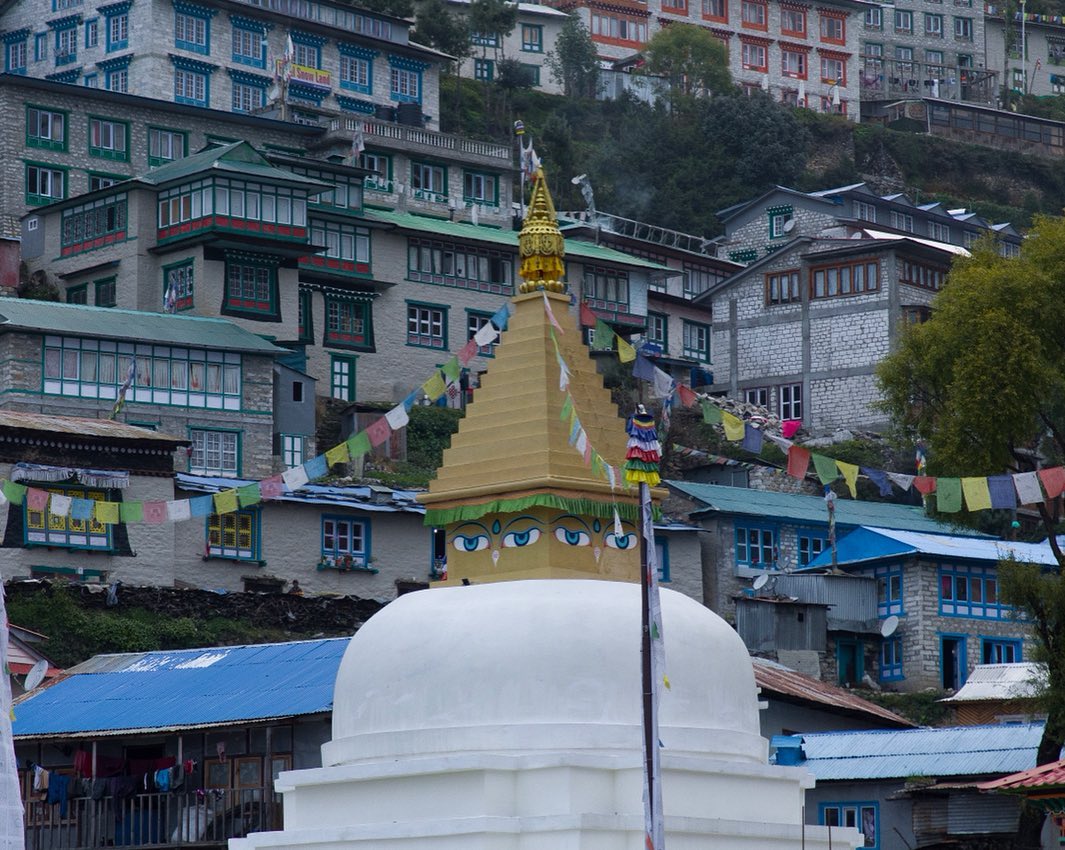
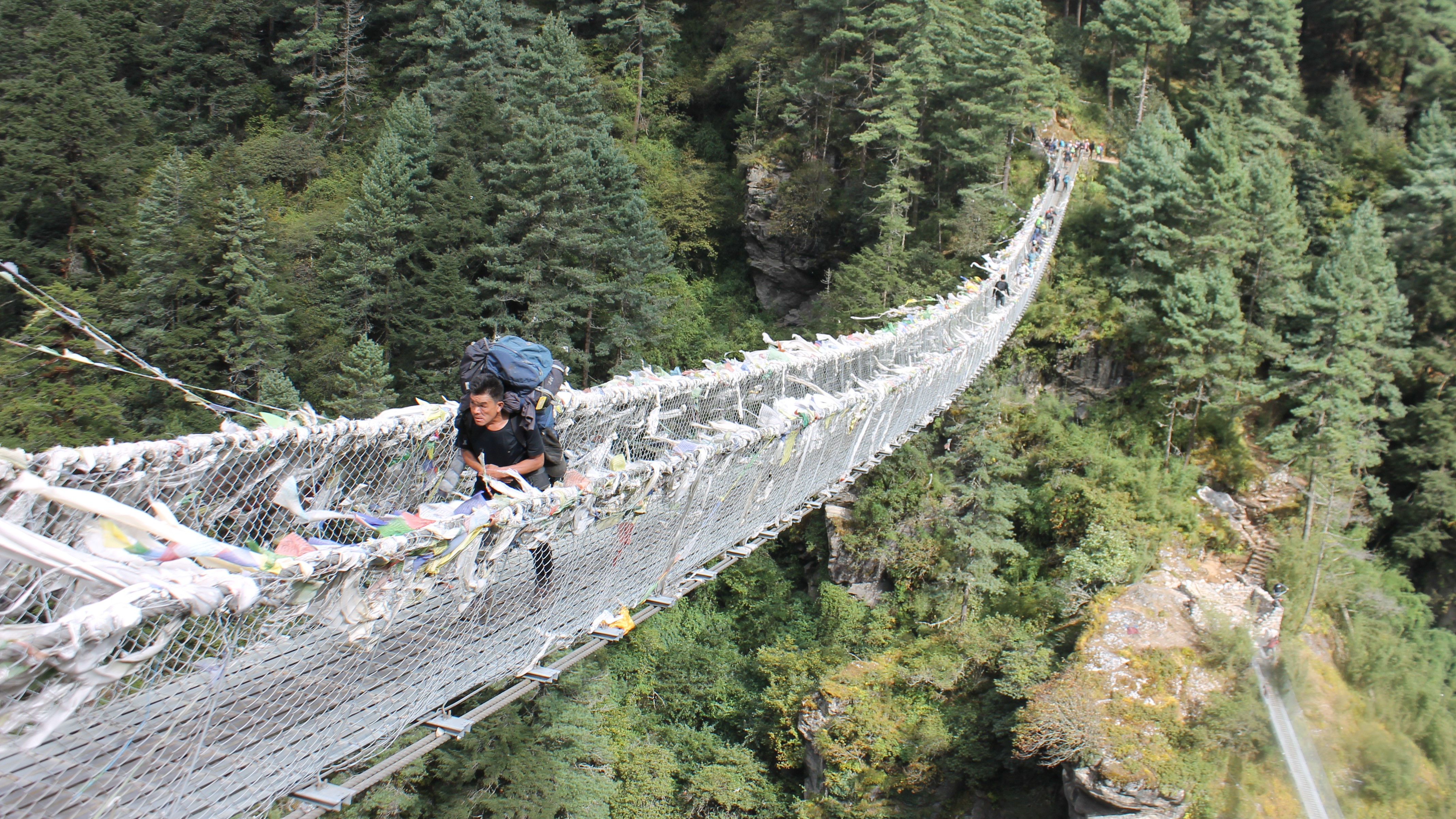
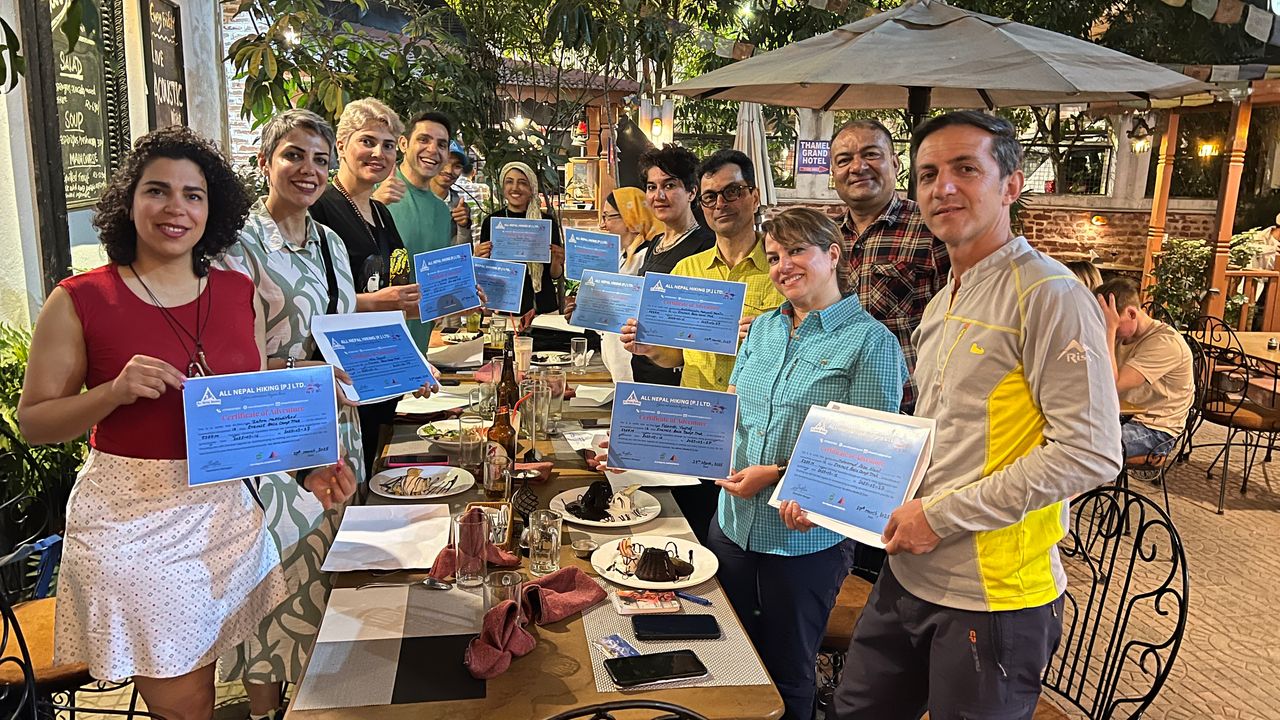

 based on 9 reviews
based on 9 reviews